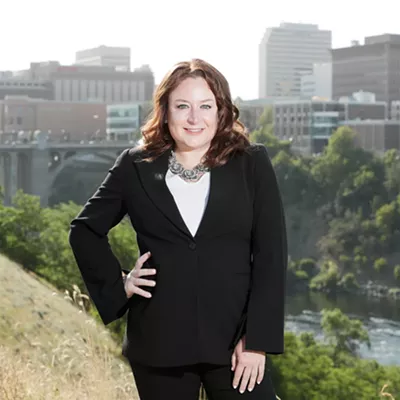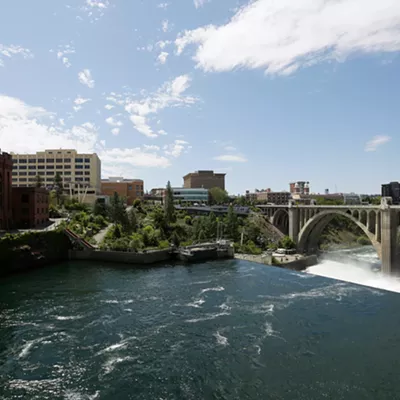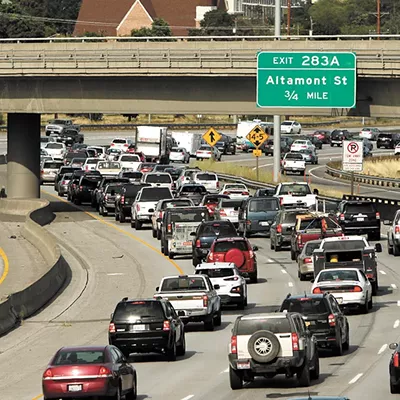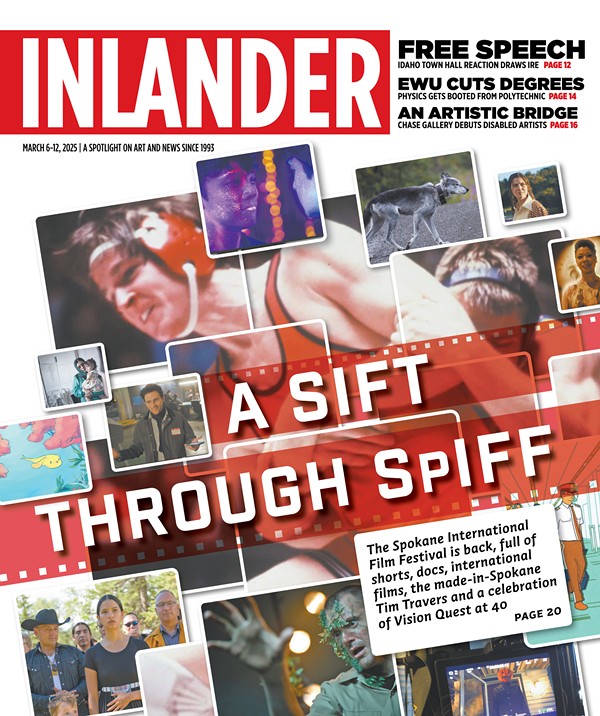CENTRAL PLANNING
Years ago, the Spokane Transit Authority was dreaming of a trolley stretching through downtown. Now, the plan has been given a high-tech upgrade: Instead of a trolley, the Spokane Transit Authority is gunning for a "Central City Line" — a high-frequency electric bus, using inductive/conductive charging stations — stretching from Browne's Addition to Spokane Community College.
The challenge: Last year, voters oh-so-narrowly rejected a 3/10ths of a percent tax increase to pay for a big transit package including the Central City Line. But this November, STA's going to the voters once again, with the exact same list of projects. Thanks to more state and federal funding, a better economy, and some rejiggered revenue assumptions, however, STA's able to sell the same stuff for a lower price. Initially, in April 2017, taxpayers would only need to pay for a 1/10ths of a percent sales tax increase. Starting in April 2019, however,that would raise to 2/10ths of a percent.
"We've found a way to deliver everything that the community wants, at a third less cost," says STA board president Al French.
— Daniel Walters
ROAD BLOCK
The prospect of a North-South Freeway has been dancing through Spokanite minds for 70 years. And with the North Spokane Corridor project finally fully funded, thanks to a boost from the legislature's transportation budget last year, the freeway continues to be under-construction.
But the originally route has been complicated by what amounts to an environmental booby trap: A massive plume of oil seven acres wide, deep beneath the soil directly in their route. It made it practically impossible to build directly on the site.
Instead, the Washington State Department of Transportation has proposed the route be pushed west, behind the Market St. Business district. But this proposal has seriously worried the business community in the Hillyard neighborhood, who have visions of a Market Street under the shadow of a freeway, constantly rattled by passing semi-trucks.
It "would basically destroy this business district," warns Richard Burris of the Greater Hillyard Business Association. But Al Gilson, the Public Information Officer of eastern region of the Washington State Department of Transportation says that worries about plans for a massive Seattle-style viaduct behind Market Street are misplaced.
Instead, he says, the preliminary proposal, as of June, called for the highway to rise up in only in two sections, just enough to clear the railroad tracks.
— Daniel Walters
RISKS ON THE ROADWAYS
On Washington roadways in 2014:
The highest number of crashes occurred on Fridays.
The lowest number of crashes occurred on Sundays.
The most crashes occurred from 5:00 p.m. – 5:59 p.m.
The least amount of crashes occurred from 3:00 a.m. - 3:59 a.m.
The most crashes occurred in October (343 per day).
The least amount of crashes occurred in March (263 per day).
Inattention/distraction was the most frequent contributing
circumstance among all collisions.
Source: CLAS (WSDOT), FARS (WTSC), DOL and AOC.

















